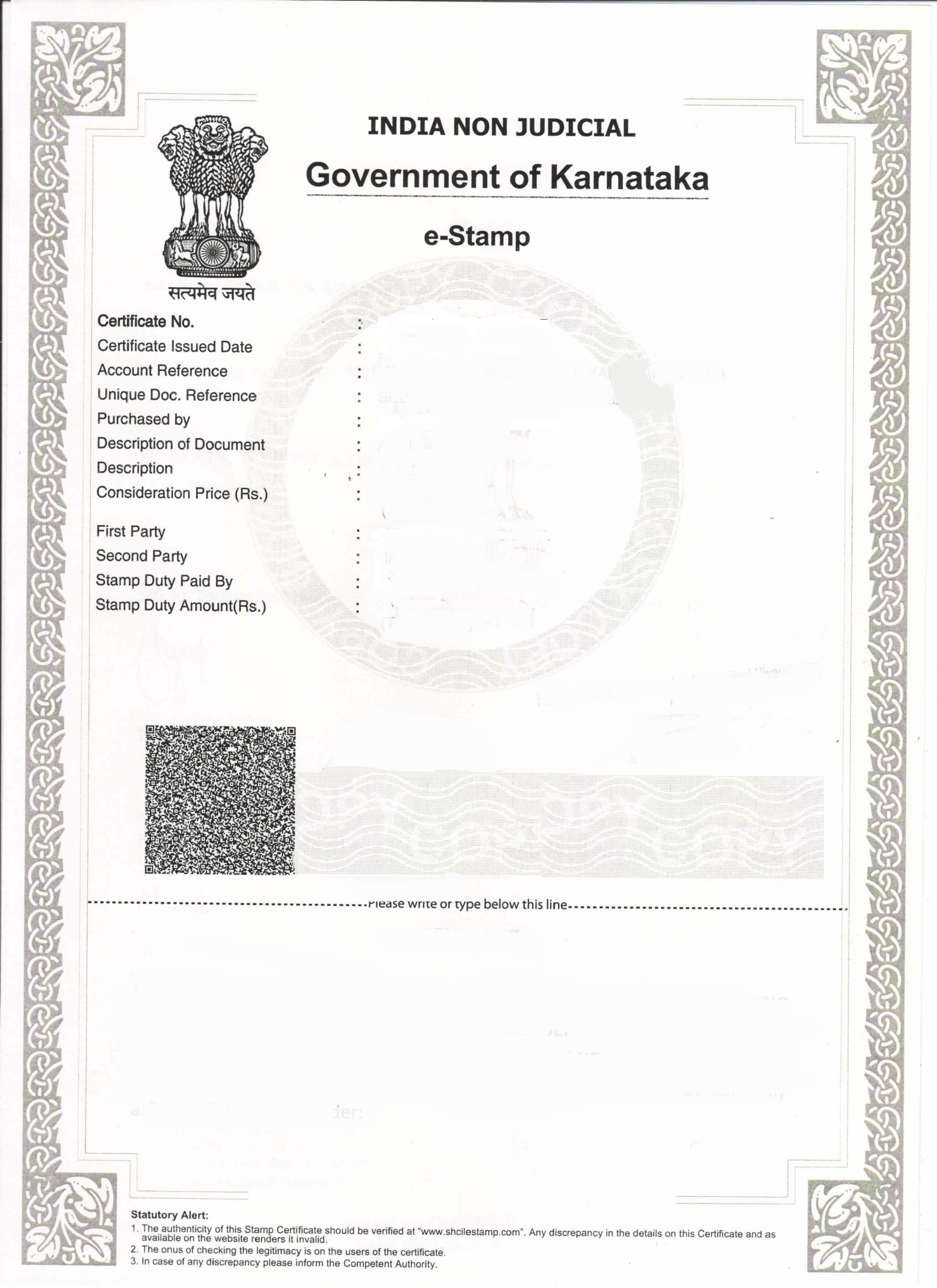

However, some users prefer to receive text-only e-mail messages. If you’ve configured Outlook to use HTML as the default, each new message will start with HTML as the format, enabling you to add graphics, formatting, and other rich media. Outlook lets you configure the default format for new e-mail messages and gives you three options: HTML, rich text, or plain text.
CHANGE EMAIL FORMAT OUTLOOK HOW TO
Learn how to configure a default e-mail format for each e-mail address in your Outlook 20 contact lists. Once the format has been changed, those settings are immediately available.Set a default e-mail format for specific addresses in Outlookĭon't send HTML-formatted e-mails to those who need plain text. Luckily, switching the format of the email from plain text, which disables message formatting, to HTML is fairly easy. If you are working with an email message in Outlook and find the normal text formatting options missing, like bold, italics, bullets and more, it is likely being limited by the formatting of the email. Once the formatting has been changed to HTML, all of the normal formatting options are once again available.

If you find an email with the formatting tools greyed out, changing the message to HTML format is easy and will immediately allow all of the formatting tools to be used. How to regain access to the formatting tools Whatever the reason for setting a message to use the plain text format, when a user tries to reply or forward, or create an email when this is the default, the message will not allow formatting changes to be made unless the message format is changed to HTML. Also, because the formatting is left off, plain text emails are much smaller in size and that can be useful for people downloading them in places where internet service is slow or spotty. The main reason to block an HTML email is because they have the potential to have malicious hyperlinks and other content that can present security risks. If a SPAM filter or user's email application blocks HTML emails, plain text emails can still be delivered. While HTML emails are more common, plain text emails still have a purpose. By contrast, email messages using HTML format allow hyperlinks and all of the items in the list above and are likely the message format you are most familiar with. Plain text means exactly that - no frills, no hyperlinks, in essence it is text without any formatting. When the message format is set to "plain text", the message formatting tools are not available. The email message style selected affects what formatting tools are available for that message. There are three different types of email formats: The format of the email is what causes the inability to use the formatting tools. It is worth noting that the inability to format messages can happen both in new emails as well as replies/forwards. However, when these tools are not available to us, it quickly becomes noticeable. Most of the time you probably do not even think about all of the formatting options available to you when working with messages in Outlook. How to Format Emails in Outlook When the Options are Greyed Out This post discusses why formatting options are sometimes greyed out in Outlook and how to get these tools back in an email. This applies to text copied into the email and text typed directly into the message. With these options greyed out, none of those changes can be made to the content of the email. Unfortunately, sometimes when working with email messages using Outlook, those formatting options are greyed out. These formatting tools allow you to accentuate certain text and can be extremely helpful when making specific points or trying to get follow up on certain items. When writing emails there are lots of reasons why you might want to underline, bold, italicize, create lists, or any of a variety of other modifications available.


 0 kommentar(er)
0 kommentar(er)
